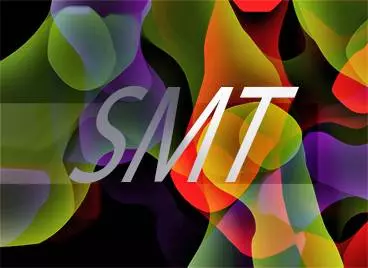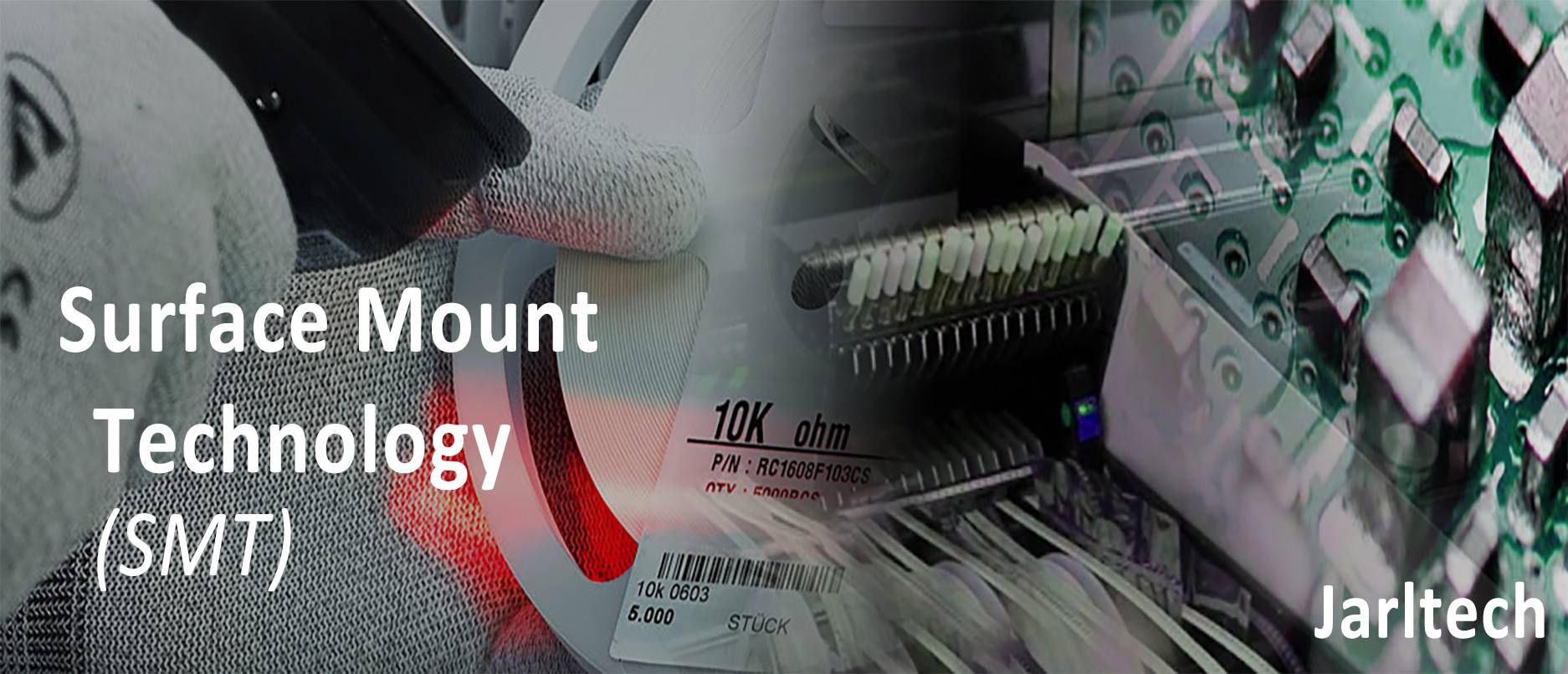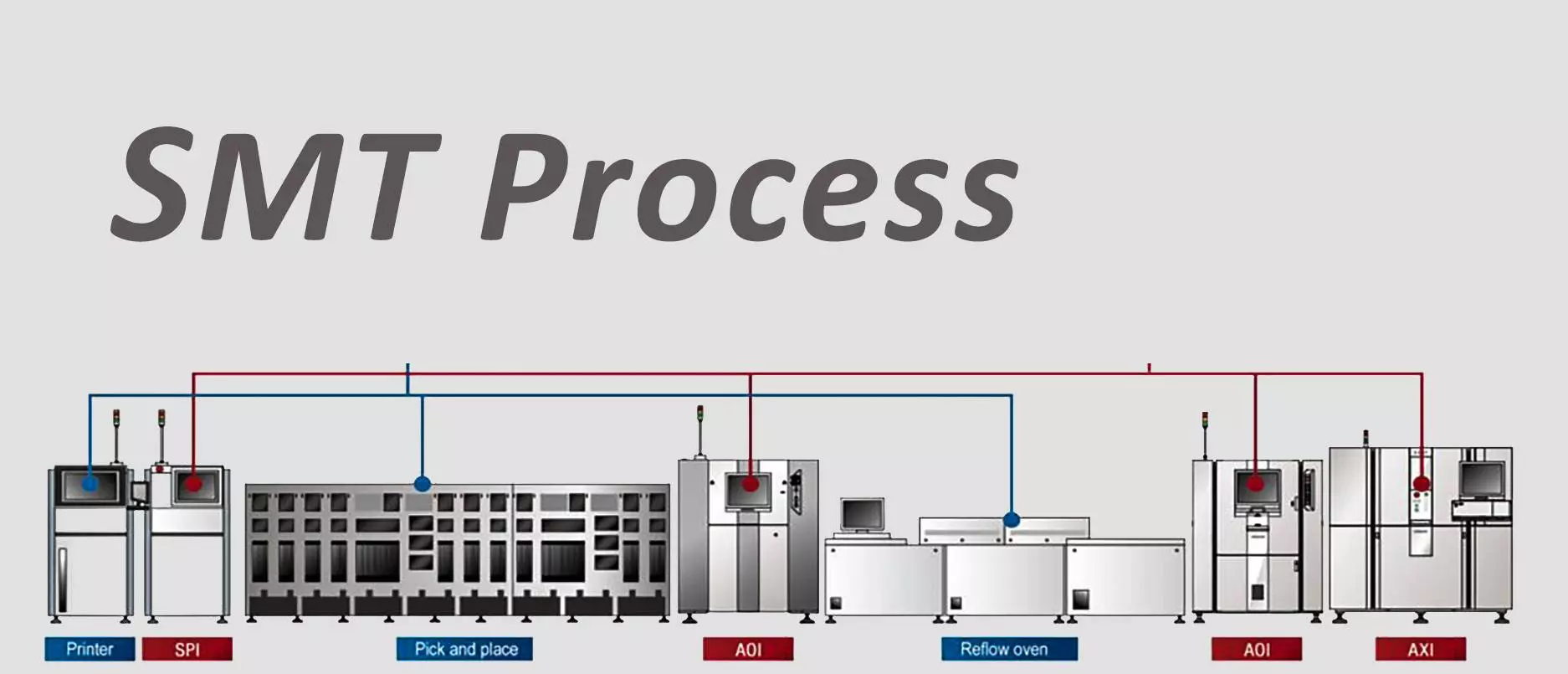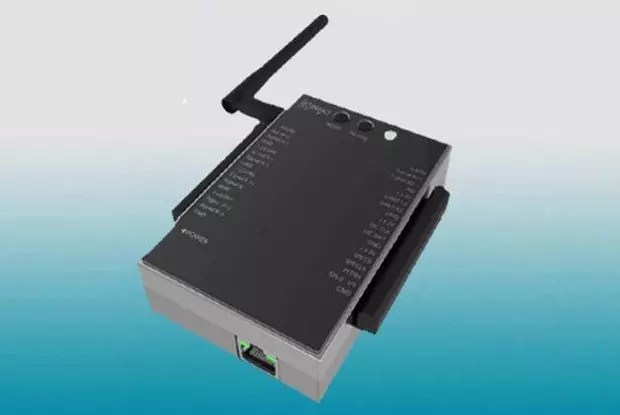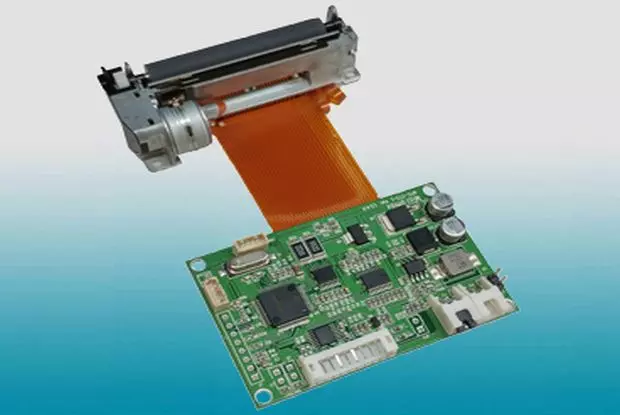Surface Mount Technology (SMT)
SMT: Its Purpose and the Role of Surface Mount Devices (SMDs)
Jarltech offers a comprehensive range of Surface Mount Technology (SMT) services, complemented by expertise in through-hole technology, PCB design, layout, and other related areas. This article provides an overview of SMT.
Surface Mount Technology (SMT)
This article examines the nature of surface mount technology (SMT), its advantages, and the function of surface mount devices (SMDs) or SMT components
A review of any contemporary commercial electronic device will reveal that it is comprised of a multitude of minute components. In contrast to the traditional components with wire leads utilized in domestic projects and kits, these components are surface-mounted directly onto the boards and frequently exhibit a very small size.
Surface Mount Technology (SMT) and SMT components are widely utilized in contemporary commercial equipment. SMT offers significant advantages during manufacturing, enabling the integration of more electronics within confined spaces. Furthermore, it facilitates automated production and soldering, thereby enhancing both efficiency and reliability.
What exactly is SMT?
During the 1970s and 1980s, there was a notable increase in the use of automation in the manufacturing of electronic equipment. The use of traditional components with leads presented a number of challenges. Resistors and capacitors required leads that had been pre-formed to fit through holes, while integrated circuits needed leads that were precisely aligned to be inserted correctly.
In printed circuit board technology, the leads of components do not need to pass through the board; it is sufficient for components to be soldered directly onto the surface. This resulted in the development of Surface Mount Technology (SMT), which rapidly gained popularity due to its advantages. Currently, SMT is the dominant technology in electronics manufacturing, enabling the production of extremely small components in billions, particularly capacitors and resistors.
SMT in use
The use of surface-mount technology (SMT) has become prevalent in the manufacturing of electronic circuit boards. These components are smaller, often provide superior performance, and can be assembled using automated pick-and-place machines, which frequently obviates the necessity for manual assembly. In contrast, the placement of wired components was a challenging process due to the necessity of pre-forming wires to fit specific holes, which often resulted in difficulties during the placement process.
While some connectors and components still necessitate manual placement, printed circuit boards are typically designed to reduce this necessity by adapting to components that can be automatically placed. Moreover, component manufacturers have developed specialized surface mount versions that facilitate near-complete automation in the assembly of the majority of boards.
SMT applications
While some surface-mount technology (SMT) components are suitable for use in home projects, they require soldering techniques that are meticulous and precise. Integrated circuits with wide pin spacing may still present soldering challenges, and those with fifty or more pins often require specialized soldering equipment. These components are primarily designed for large-scale manufacturing applications. It is imperative to exercise additional caution when working on boards that have already been assembled.
The use of SMT components offers significant cost savings for manufacturers, which is why they are widely utilized in the manufacturing sector. It is fortunate that traditional leaded components, which can be manually soldered, are still readily available and are generally more practical for home projects. Nevertheless, SMT components can be utilized in residential construction when their leads and connections are sufficiently sized to be soldered with conventional tools.
Advantage of Surface Mount Technology in Design
• The primary advantages of the design are substantial reductions in weight and space, along with a notable decrease in electrical noise.
• The weight of SMT components can be as much as one-tenth that of their through-hole counterparts, resulting in a notable reduction in the overall weight of the surface-mount assembly (SMA).
• The compact nature of SMT components allows them to occupy a relatively small space on a printed circuit board, typically between one-half and one-third of the total area.
• The actual space saved on a board will depend on the proportion of through-hole components replaced by surface mount parts, as not every electronic part is available in surface mount.
Advantages of Surface Mount Technology in Manufacturing
• Furthermore, the manufacturing process yields considerable advantages.
• Significant advantages of SMT in manufacturing include lower board costs, reduced material handling expenses, and a more controlled production process.
• With SMT, trace routing is minimized, board size is reduced, and the number of drilled holes is decreased.
• If the functionality of the surface mount board remains unaltered, the increased spacing between components resulting from the use of smaller SMT parts and the reduction in drilled holes can also lead to a reduction in the number of layers required in the printed circuit board. Consequently, the overall cost of the printed circuit board is reduced.
The advantages of surface mount technology do not invariably result in reduced costs for SMT assembly. The cost-effectiveness of SMT is contingent upon the particular application and implementation.
Disadvantages of Surface Mount Technology
• The use of a narrow lead spacing can present a significant challenge in the repair process.
• It cannot be guaranteed that solder connections will withstand the compounds used in potting applications, and they may be affected by thermal cycling.
• Components that generate substantial heat or process high electrical loads are unsuitable for surface-mount technology (SMT) due to the potential for solder melting at elevated temperatures.
• The solder may be susceptible to mechanical stress, which could potentially compromise its integrity. Therefore, it is recommended that components that will interact directly with users be mounted using through-hole techniques to provide enhanced physical support.
Conclusion
Jarltech offers a comprehensive range of surface-mount technology services, in addition to through-hole technology, PCB design, PCB layout, and other related capabilities. Our team of highly experienced professionals is well-versed in the development and manufacturing of custom electronic products, and is adept at providing cost-effective solutions while maintaining the highest quality standards.
Surface Mount Technology (SMT) | High-Quality Self-Service Kiosk Solutions | Jarltech
Located in Taiwan since 1987, Jarltech International Inc. has been a developer and manufacturer of POS and Kiosk systems for restaurants, retail stores and supermarkets. Their main software and hardware products include, Surface Mount Technology (SMT), small business POS systems, self-service kiosks, smart card readers, Bluetooth thermal printers, embedded motherboards and all-in-one panel PCs, focusing on providing interactive kiosk solutions.
Leverage Jarltech’s 30+ years of expertise in developing innovative POS and Kiosk systems tailored for diverse business needs in restaurants, retail stores, and supermarkets. Our specialized solutions, encompassing IPC, Touch Monitor, Thermal Printer, and Smart Card Reader, are designed to elevate your business operations, ensuring seamless transactions and enhanced customer experiences.
Jarltech has been offering customers global B2B solutions with Jarltech’s POS and Kiosk Systems since 1987, both with advanced technology and 37 years of experience, Jarltech ensures each customer's demands are met.

